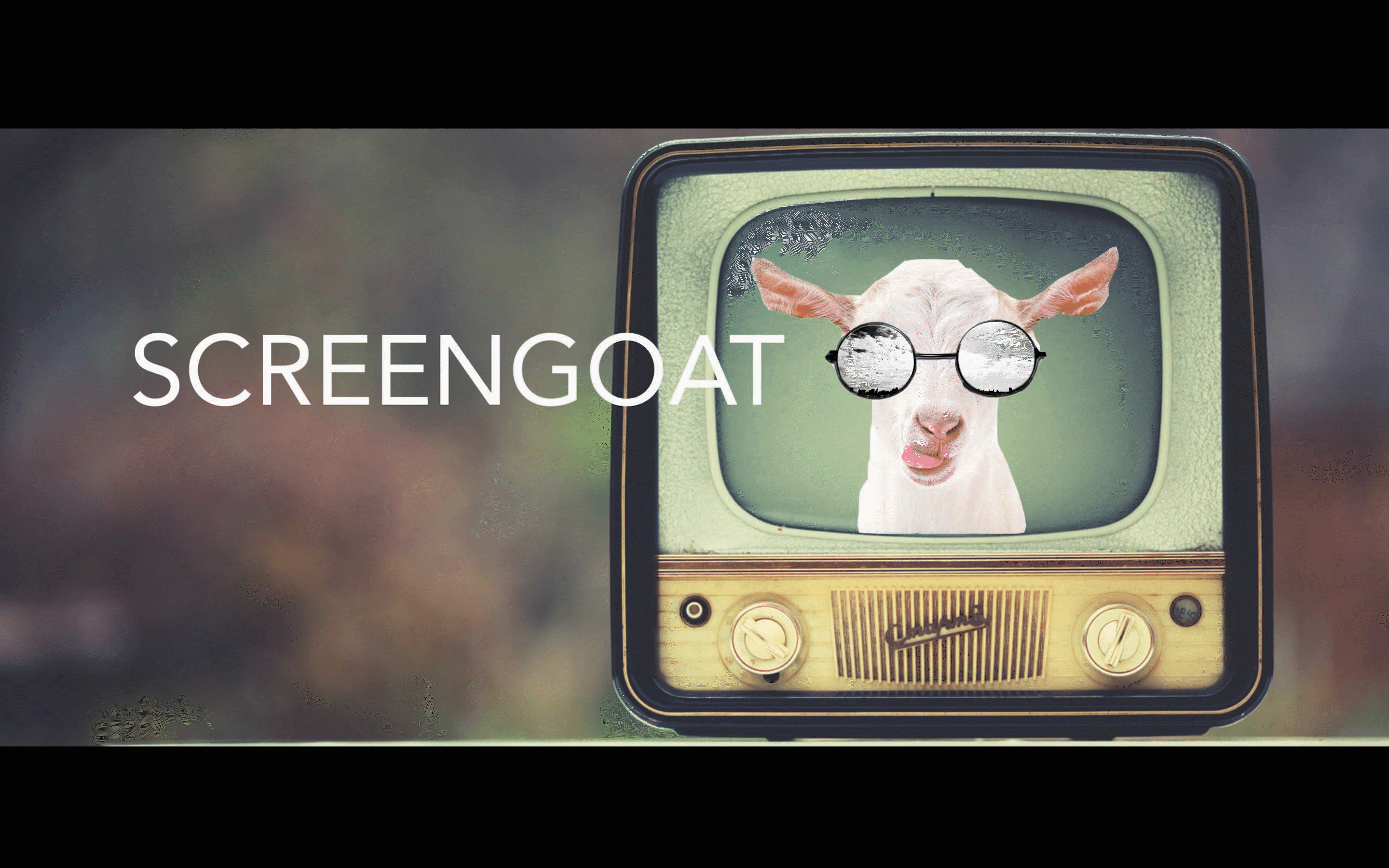top of page
(Mostly) Free Video Editing
Programs & Resources
iMovie - A free editing software available on iphones and Mac computers. Great for beginners and for making simple quick edits. There is a text, animation and sound package included.
WeVideo - A free editing app available on phones, PC and Mac computers. This program is cloud based. You shoot video on your phone and upload the footage into your WeVideo App. When you open the project on your computer it is there waiting for you. Does not have reverse or a proper cropping tool. Upgrade option available.
CapCut - A free editing app available on phones, PC and Mac computers. Great for editing on the run. If you like fan edits this program is loaded with great animated text and powerful preset transitions making beginners look like pros.

DaVinci Resolve - Is a free editing program. This is a professional level program. The cool part is the option to make the interface look like Final Cut or Premiere. There is a learning curve to the program but it is free. Also known for its color grading capabilities.
Film and Television Lessons
After Effects - Is NOT a free editing program. This is a professional level program. It can work with Premiere Pro via "Dynamic Link" as well as with other Adobe programs. The user interface is extremely complicated and you will need tutorials to navigate the program. Also, you should go in with a plan of what effect you would like to try, then practice executing that effect.
Scripts, Storyboards, Writing, Camera, Shots, Lessons, Editing Exercises and Film Projects.
Screengoat builds your skills as a filmmaker with tools and resources to help you become a GOAT.
Animoto - Is a free editing program but is more like an animated PowerPoint program. This is what we love about it. You can create animated title graphics over chroma key green or animated backgrounds for titles or bumpers in seconds. Super easy to use. The program leaves a watermark but it is easy to crop out. The program also has a lot of public domain images and music. Kicks Presentation up a knotch.

How to Conduct an Interview
Interviews are the foundation of Documentary Films, and News Broadcasts.
They take a lot of preparation, research and planning but they are so fun to do.
There are 2 parts that go into conducting an interview, the technical and the asking the questions. Both require a good level of skill and preparation.
Part 1: The Technical Part
Where are you putting the cameras?
Across from the interviewer, if you have a 2nd camera it can go off to the side.
Where is the interviewer sitting?
Usually slightly left or right of the camera. The interviewee looks at the interviewer, and not directly into the camera.
How are you framing the interviewee?
Framing is usually rule of 1/3s with the interviewee slightly cheated with talk room on the side they are facing.
How many cameras are you using?
1, 2, 3? You will want to sync the cameras with a slate or a hand clap. 1 should be primary/main camera, 2nd can be side angle, wide angle or b-roll camera. B-roll can consist of close-ups of hands, eyes, etc. Also, pick up b-roll shots of the interviewee and the environment, if it makes sense for the story.
What kind of mic are you using?
If you are using a wired microphone the cord can not be showing.
Do you need any lighting?
If you need lighting do not over power any outlets, also be careful of shooting near windows. If your subject turns into a silhouette you will want to reposition.
Tech check everything prior to you interviewee getting into position.
PRO TIP - Tech check all equipment prior to your shoot.
Charge batteries,
Prepare SD cards,
Choose your lenses, how do you want your images to look?
Select and charge/get batteries for microphones

Part 2: Asking the Questions
Research your topic, and the person you are interviewing.
Prepare open-ended questions for your interviews. (Not Yes or No Answers). Ask WHY questions, and feelings questions.
Your questions should build on one another, and go in a direction you researched to help tell the story.
Ask the interviewee to restate your question in their answer.
Dress professionally.
Tech check all of the equipment prior to the interview.
Thank your interviewee for their time and the interview.
Mic them up and make sure your mic cable is NOT showing.
Ask your interviewee to say and spell their name.
Make sure you get their title.
Get a business card or take a picture of it with your phone.
Actively listen to their answers.
PAUSE after each answer the question to ensure a clean edit and bonus - you'll get more responses. People get nervous in the silence.
If you don't get a clear answer say, "Can you tell me more about that?" OR, re-ask the question.
Feel free to ask topic relevant, spontaneous questions, but be respectful of their time.
At the end of the interview check with your camera person/your team to see if anyone has a question they would like to ask. The observers often have the best questions.
Finally, ask the interviewee, " Is there anything you would like to say, or anything you wished I asked you about?"
Thank them again for their time.
Send them a thank you note or email.
PRO TIP:
You can transcribe your interview using the microphone and google docs.
bottom of page







